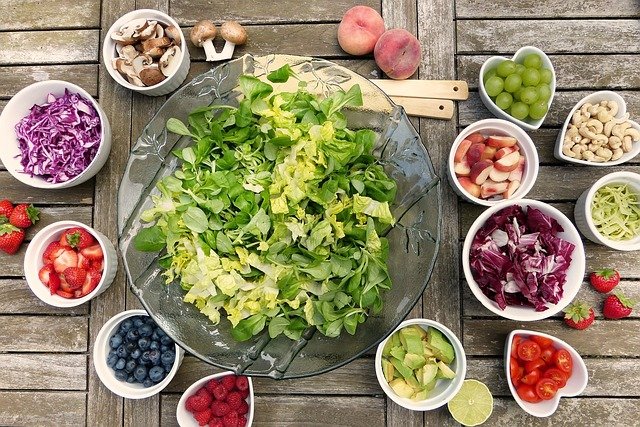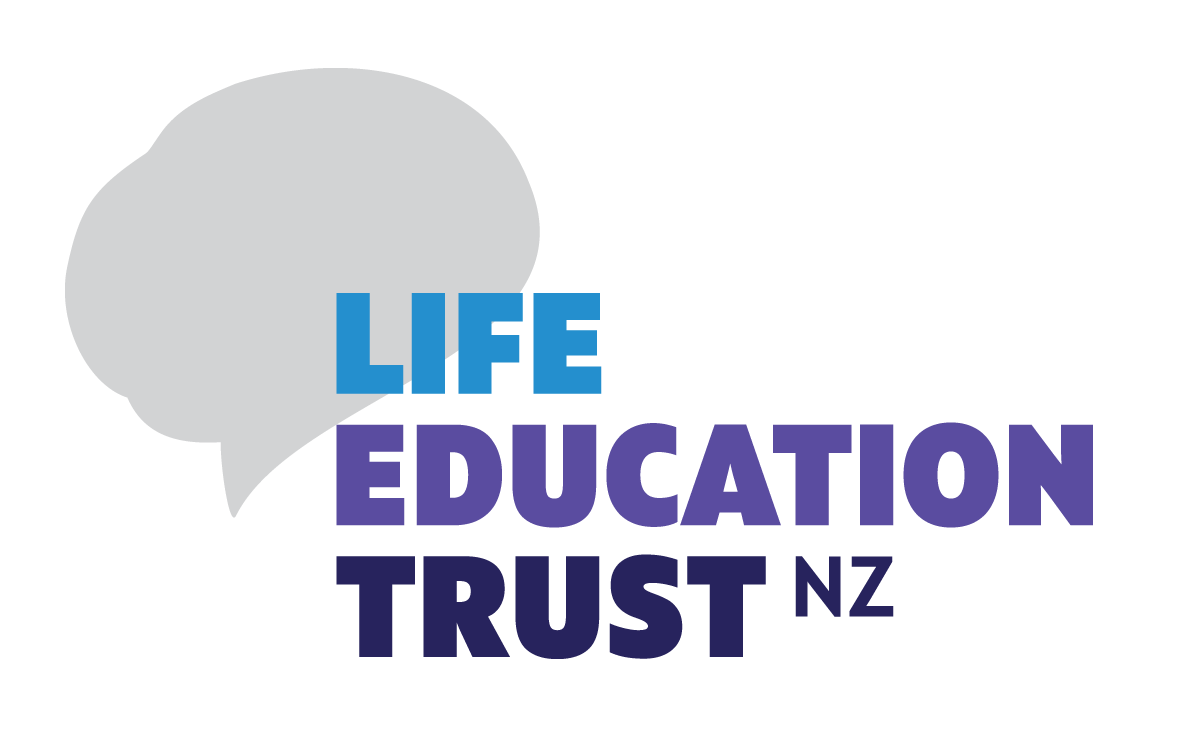Food for thought with Nikki Hart
|
With one in ten New Zealand tamariki classified as obese and at risk of serious health conditions such as diabetes, a key focus for Life Education is to help tamariki understand what their body needs to function well. |
 |
Brain food
Nikki said carbohydrates have got a bit of a bashing over the years, but carbohydrate is not bad – it is the primary source of fuel for your brain and heart.
“We must make sure children have access to carbohydrate because they won’t be able to concentrate without it.”
The ‘hydrate’ in carbohydrate is significant: for every gram of carbohydrate you eat, you store three to four grams of water. She explained the transient weight gain some people feel with eating carbohydrate is primarily due to water.
Fats, particularly Omega-3 unsaturated fatty acids found in oily fish, nuts, seeds and plant oils, are also good for the brain and are essential for memory and learning. B vitamins found in wholegrains, green leafy vegetables, lean meat and legumes are vital for brain function and neurochemical production.
“You need a varied diet to get all these important nutrients. If you are ‘groundhog day’ eating where you eat the same thing day after day, you are at risk of eating a very restricted, narrow range of food, and therefore not getting the full complement of vitamins and minerals you need.”
Nikki says it’s important to eat across all the food groups and to make sure you’re getting the recommended servings.
Comfort eating
Nikki writes nutritional content for Sir John Kirwan’s Mentemia mental health app so is well versed in the relationship between food and mood.
She says a litre of blood travels to the brain every minute, so a highly processed, high fat, high sugar diet will do nothing for your brain cells.
There is a place for comfort food and treats should consumed without shame or guilt, however, the trick is to choose food in its more natural state as a snack, rather than always opting for a luxury, processed treat item.
“We want people to eat as much colour as they can to get the antioxidants, vitamins and minerals that they need. However in this time of COVID, people are feeling uncertain, stressed and worried and so we gravitate to foods we know and love. The trick is to keep it to a level where you feel in control of it.”
For example, Nikki reminds her kids that a bag of chips contains six portions, so they should serve some in a bowl rather than just opening the bag and keep putting their hands into it.
“If you can eat comfort food in the proportion it’s meant to be in, it stops you having guilt or shame about it which we do not want at all.”
There should be no shame or guilt around food
Nikki says we need to push back on classifying food as good or bad. There is a place for everything, whether that be a post-lockdown brioche or fish and chips, but we need to place it in context.
“That is the key to nutrition for our kids, is saying to them hey, have it in the serving size that it’s meant to be had in and watch the frequency of treat items. Children need to eat a variety of foods and not get bogged down by the good or bad.”
We need to be wary of people who aren’t nutritionists selling diets.
“I worry that myths around food are filtering down to our children, that they’re hearing things that they shouldn’t be worried about.”
You can’t stuff a metabolism!
Nikki says despite what some influencers say, you don’t have to think too hard to ensure your metabolic system is working. The trick is to make sure you do three things to really look after it:
- Get 7-9 hours sleep a night.
- Move your body.
- Eat healthy food.
Nutrition guidelines
New eating and activity guidelines for New Zealand were developed in 2020.
Nikki says the recommended vegetable servings have really ramped up. Primary-school aged children should eat at least four to five vegetable servings and one to two fruit per day.
An easy way for children (and adults!) to remember serving sizes is to use their hands.
Sustainability has been taken into consideration for the new guidelines, which encourage people to eat more plant-based protein.
|
While it’s important to expose kids to all types of protein, red meat remains a useful source of iron for growth. You’d need to eat 2 kgs of spinach to get the same amount of iron you get in a 100gm steak. To enhance the absorption of iron, you can combine it with vitamin C, and/or combine non-haemiron (found in spinach and other vegetables) and haem iron (found in red meat).
Nikki says it is better that we expose children to some dairy than no dairy, but some forms can be high in sugar. It can be helpful to put it in context e.g. having chocolate milk with a piece of fruit after sport and a plain yogurt with breakfast. If selecting plant-based milks it’s important that a serving of 100ml milk provides at least 100mg calcium.
On sugar, Nikki says it is important we access sweetness as naturally as we can, which is why we promote eating fruit and yogurt (lactose is a milk sugar). Sugar is highly processed and damages teeth.
Processed foods
The new nutrition guidelines emphasise wholefoods, but processed foods are not necessarily unhealthy. For example, frozen vegetables are lightly processed, but as they are flash frozen within minutes of being picked they contain more vitamins and minerals than fresh peas you might buy. They are also often more economical.
“We want you to be able to identify your food. If you turn the label around and can’t pronounce the ingredients, that might be an alarm bell that you shouldn’t be having too much of it.”
Sometimes it is not the processing that is problematic, but the portion size. For example, it’s better to eat a whole orange than a glass of juice that takes 6-8 squeezed oranges.
Because of the high levels of salt and preservatives that are in processed meat, children shouldn’t have ham, salamis or beersticks in their lunchbox every day.
Where do sports and diet drinks fit?
Water and milk are still the best choices for children’s drinks. For Nikki, drinks are for hydration, food is for nutrition.
But, on occasions and in small quantities, sports drinks and diet drinks have their place.
“The problem is when people consume too many of these drinks, especially if they are caffeinated,” says Nikki.
Caffeine inhibits iron absorption and emerging research is querying whether non-nutritive sweeteners used in diet drinks affect the good bacteria in our guts.
Sports drinks are not as sweet as juice and for very athletic children doing a lot of sport in the summer, a small amount of sports drink in addition to water may not be the worst choice as the carbohydrate and electrolytes may help prevent dehydration.
Electrolytes in sports drinks drive you to drink more, but generally children are good at regulating their fluid intake. One way of making sure they’re drinking enough when they’re hot is to serve drinks cold – it cools you down and encourages you to drink more.
The most important meal of the day
Nikki says active kids need food throughout the day to maintain their energy. Adolescents often struggle to eat breakfast, so she tells her clients they don’t have to eat the moment their feet hit the floor, but within two hours of getting up. A breakfast sandwich to eat on the way to school can be useful for those children who usually skip breakfast.
For Life Education’s team of health Educators, Nikki’s session was full of valuable insights, building on their nutrition knowledge and giving relatable examples. Life Education is committed to being at the forefront of children’s health education and we are grateful to her for providing this professional development opportunity.
